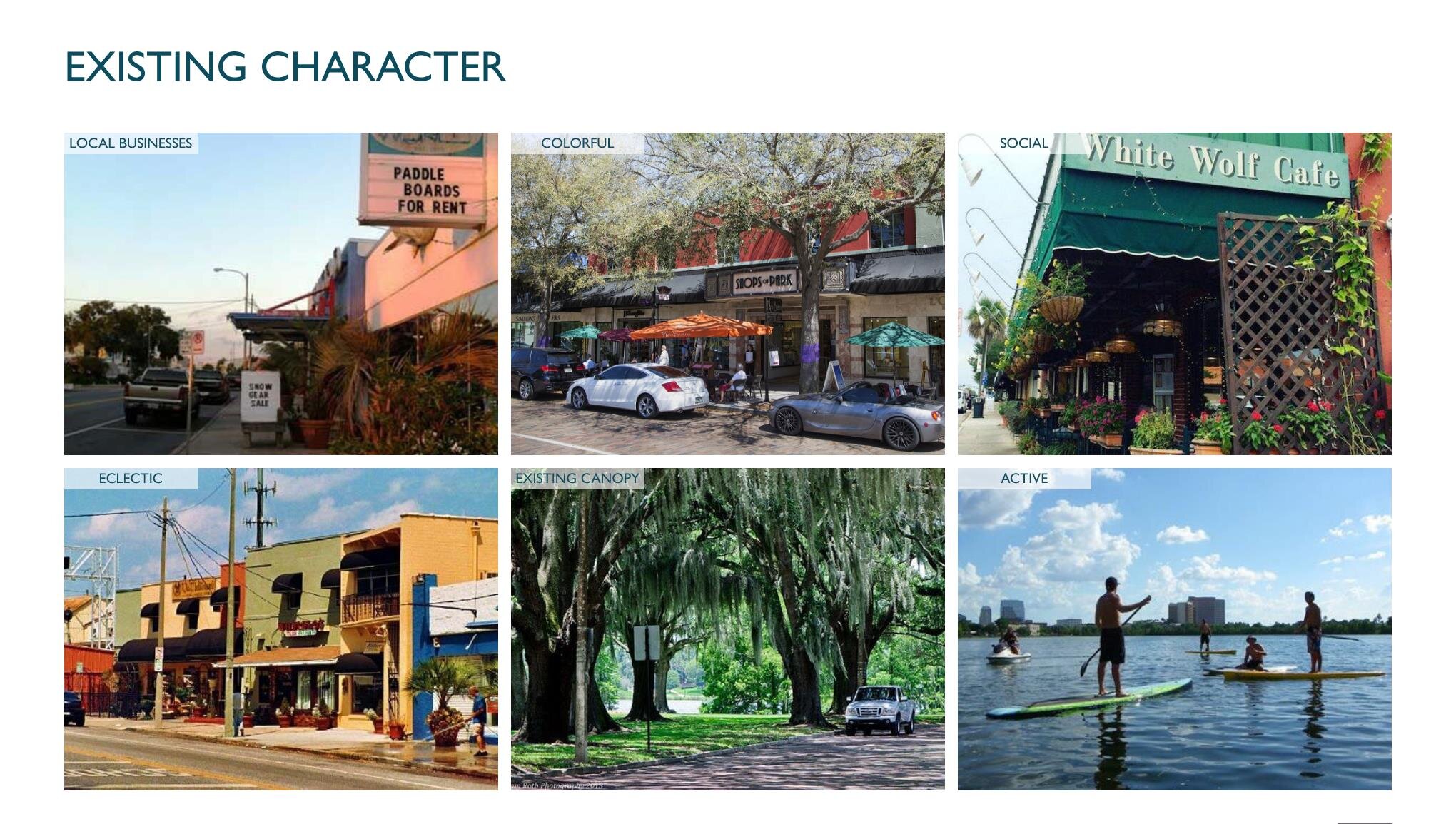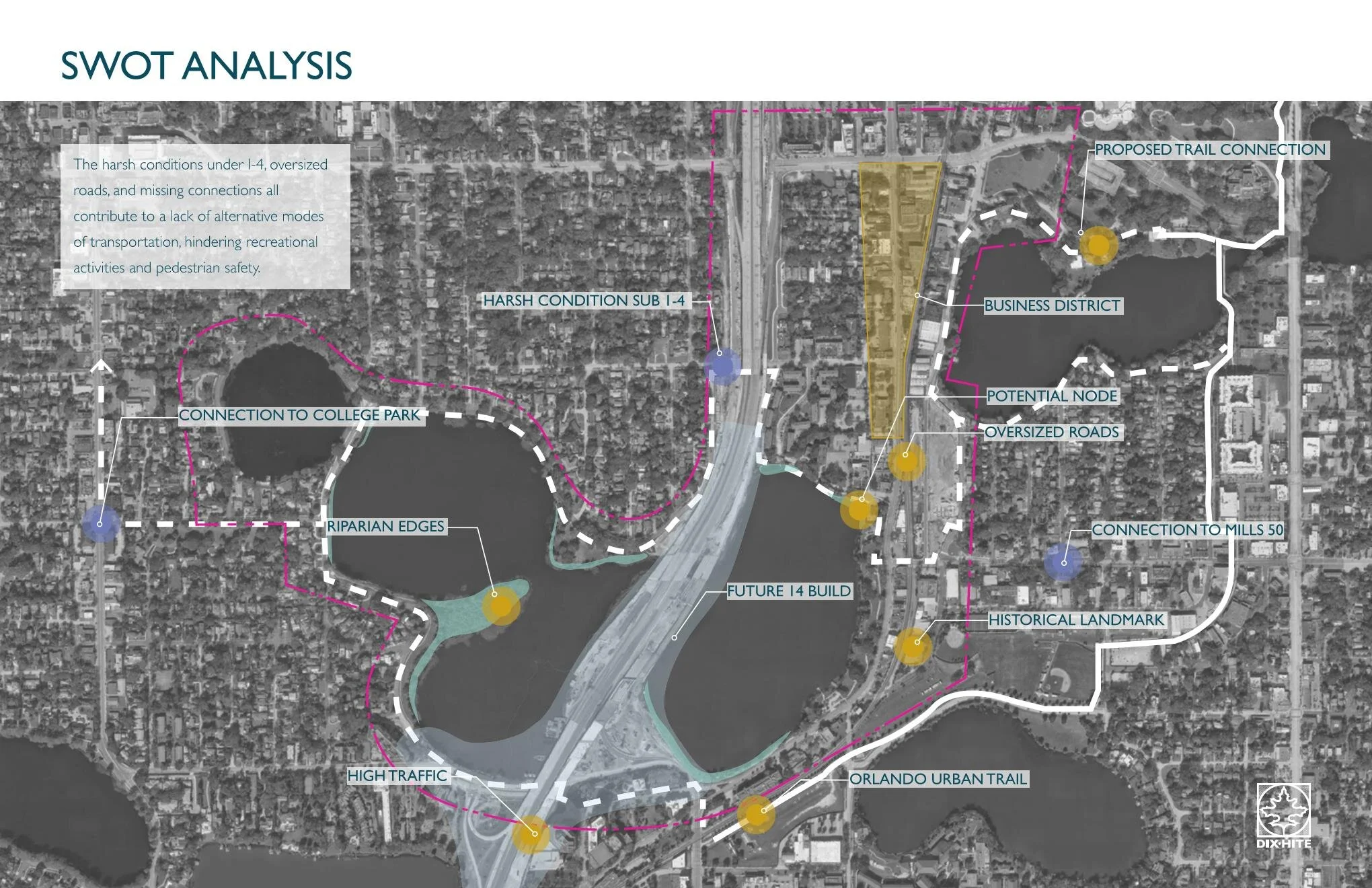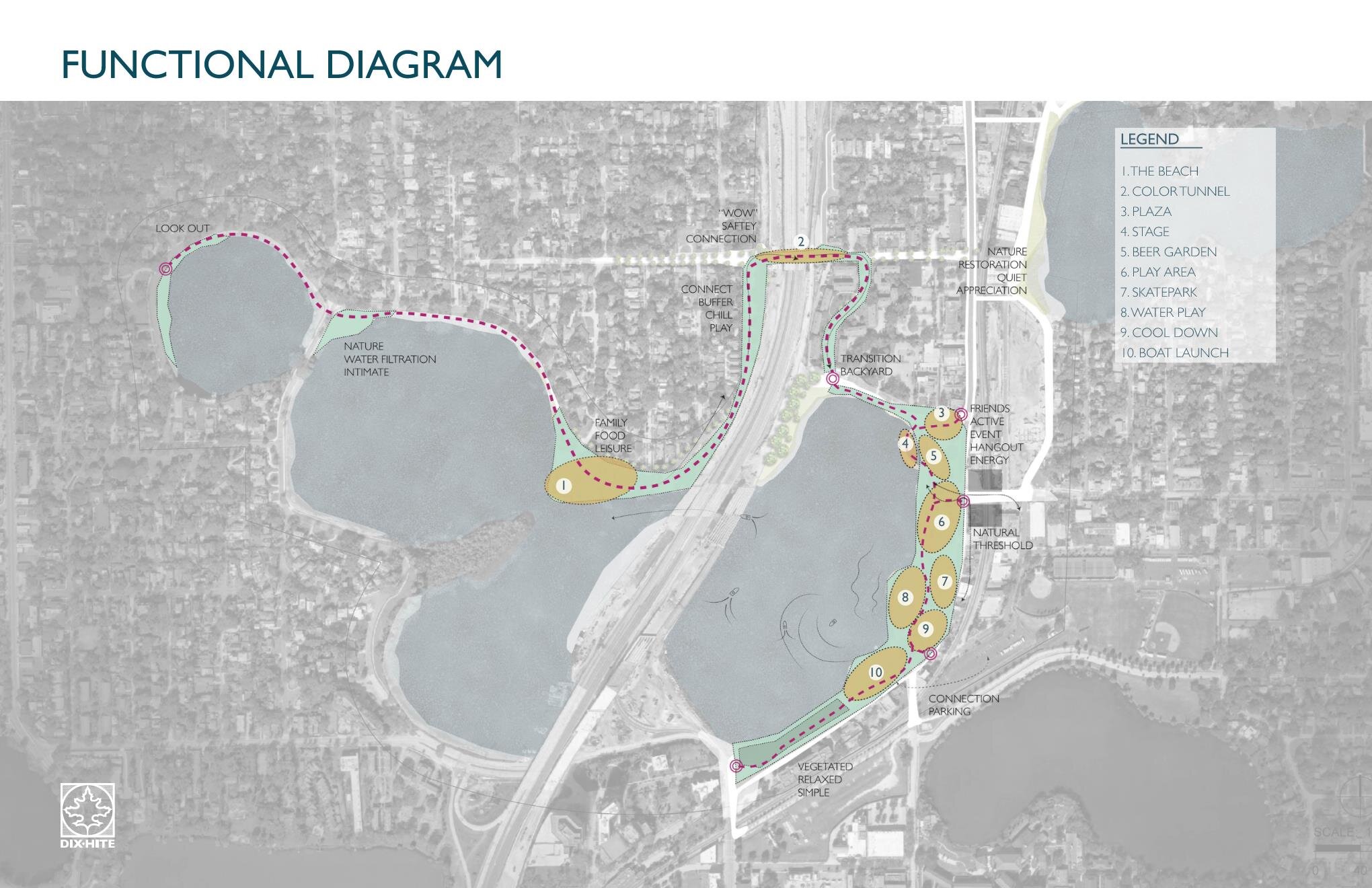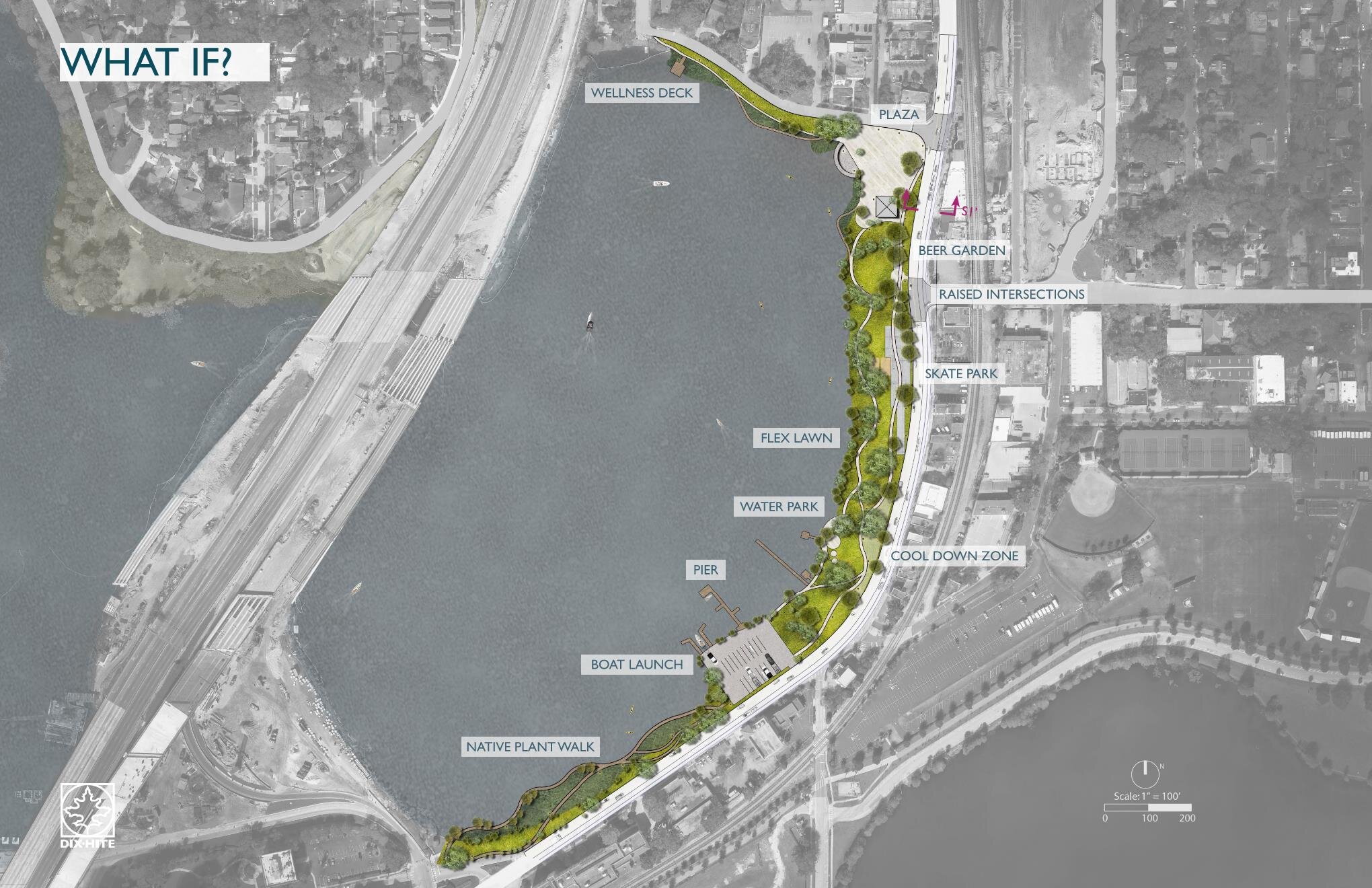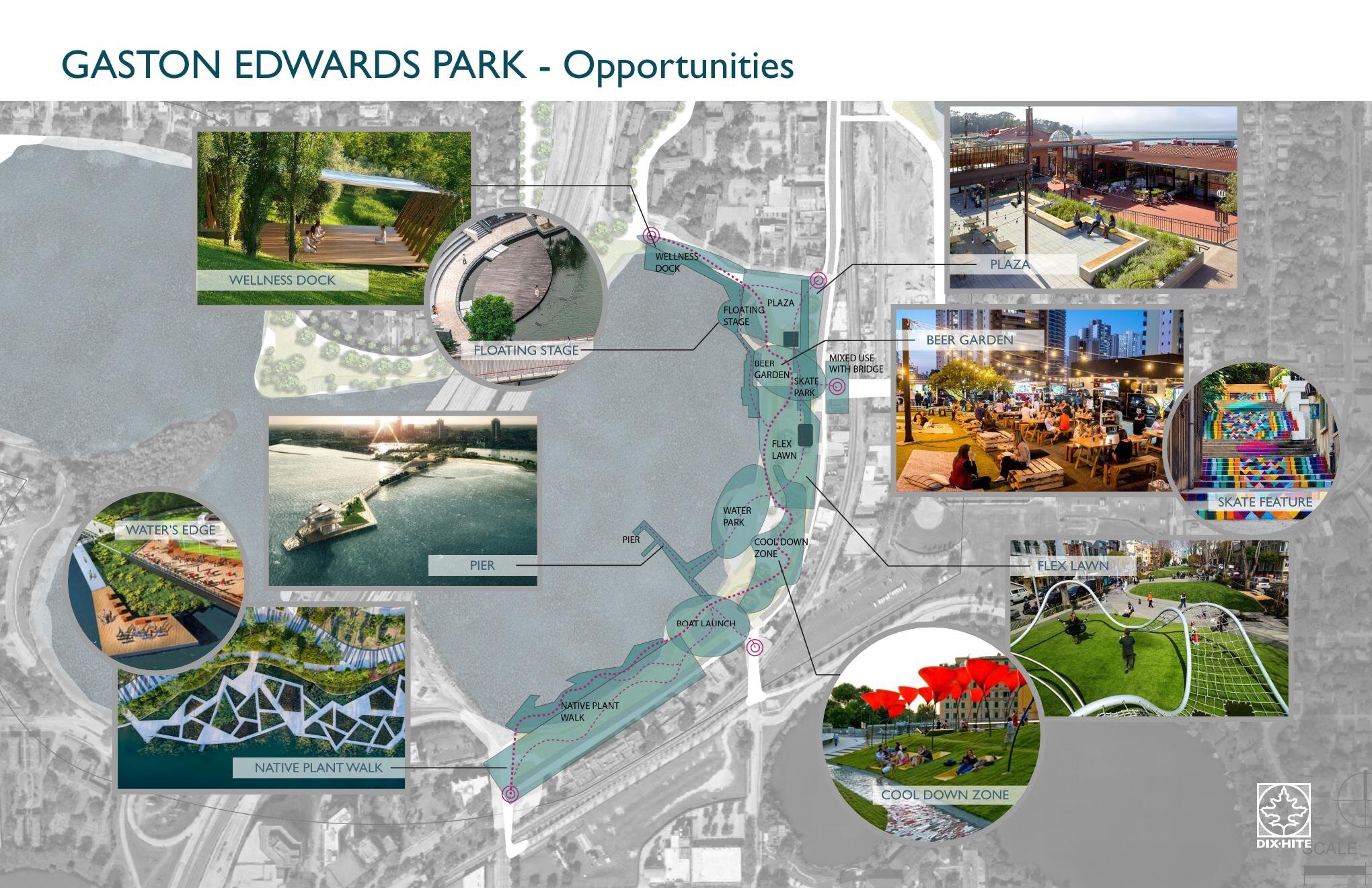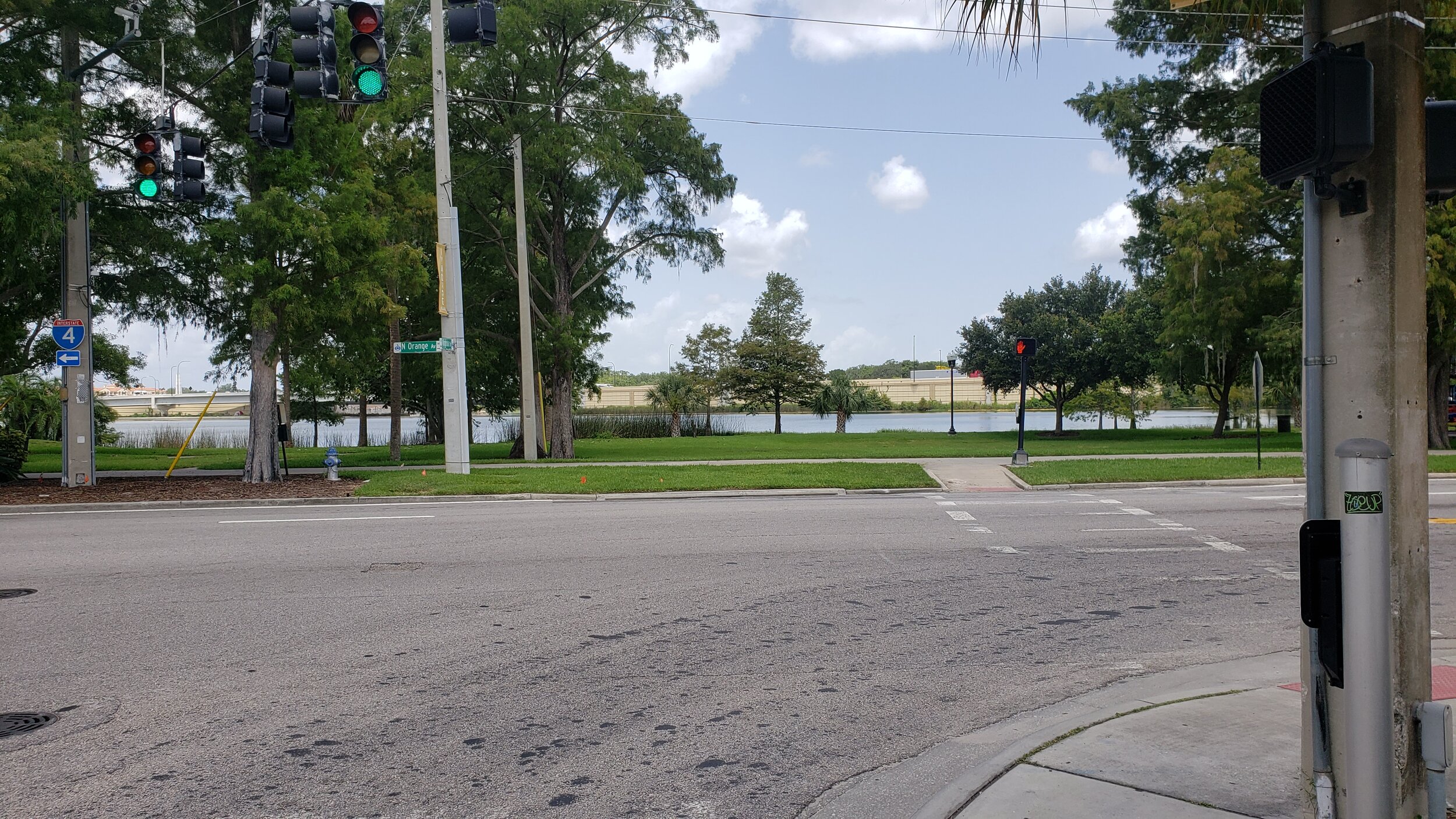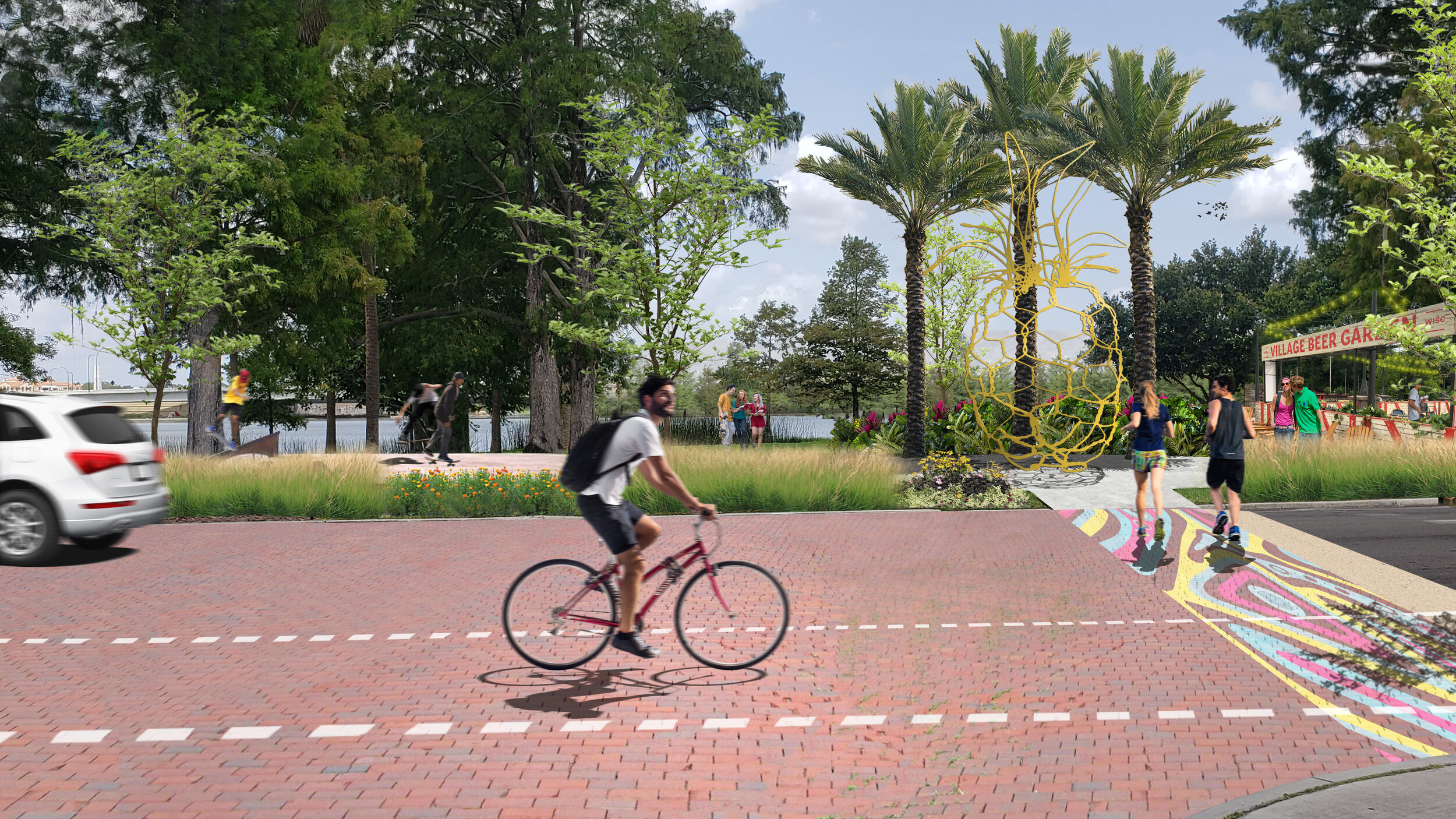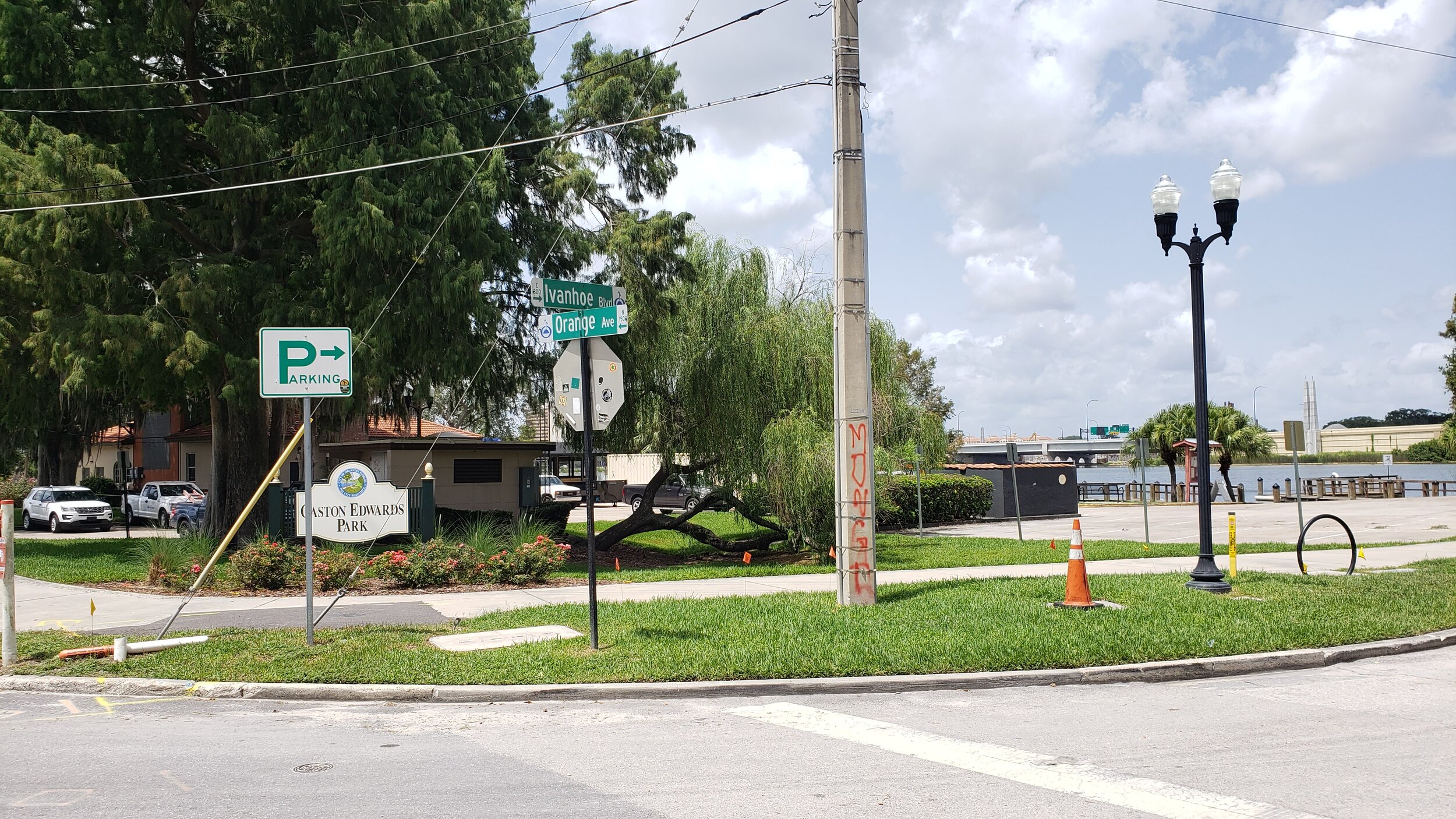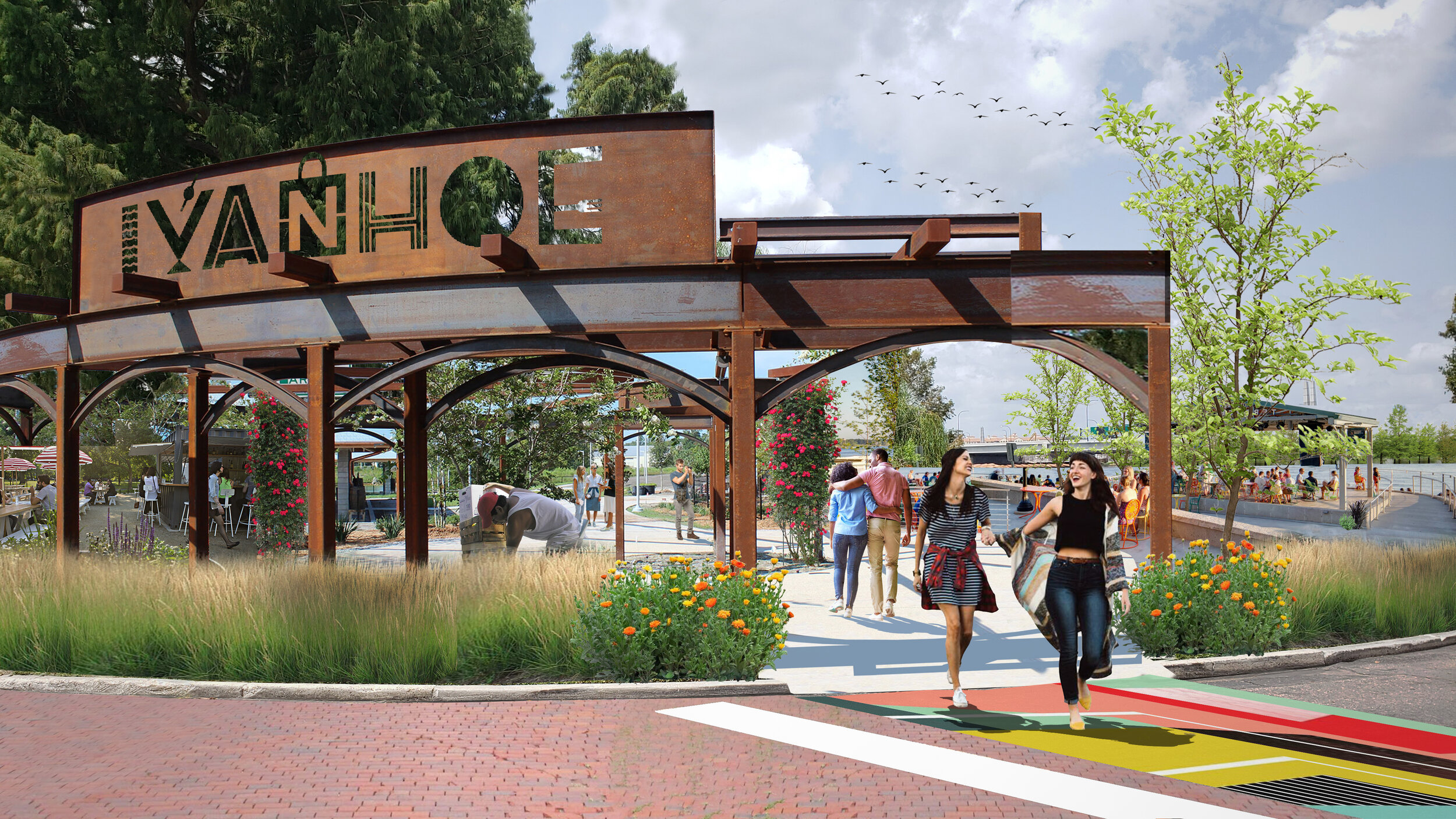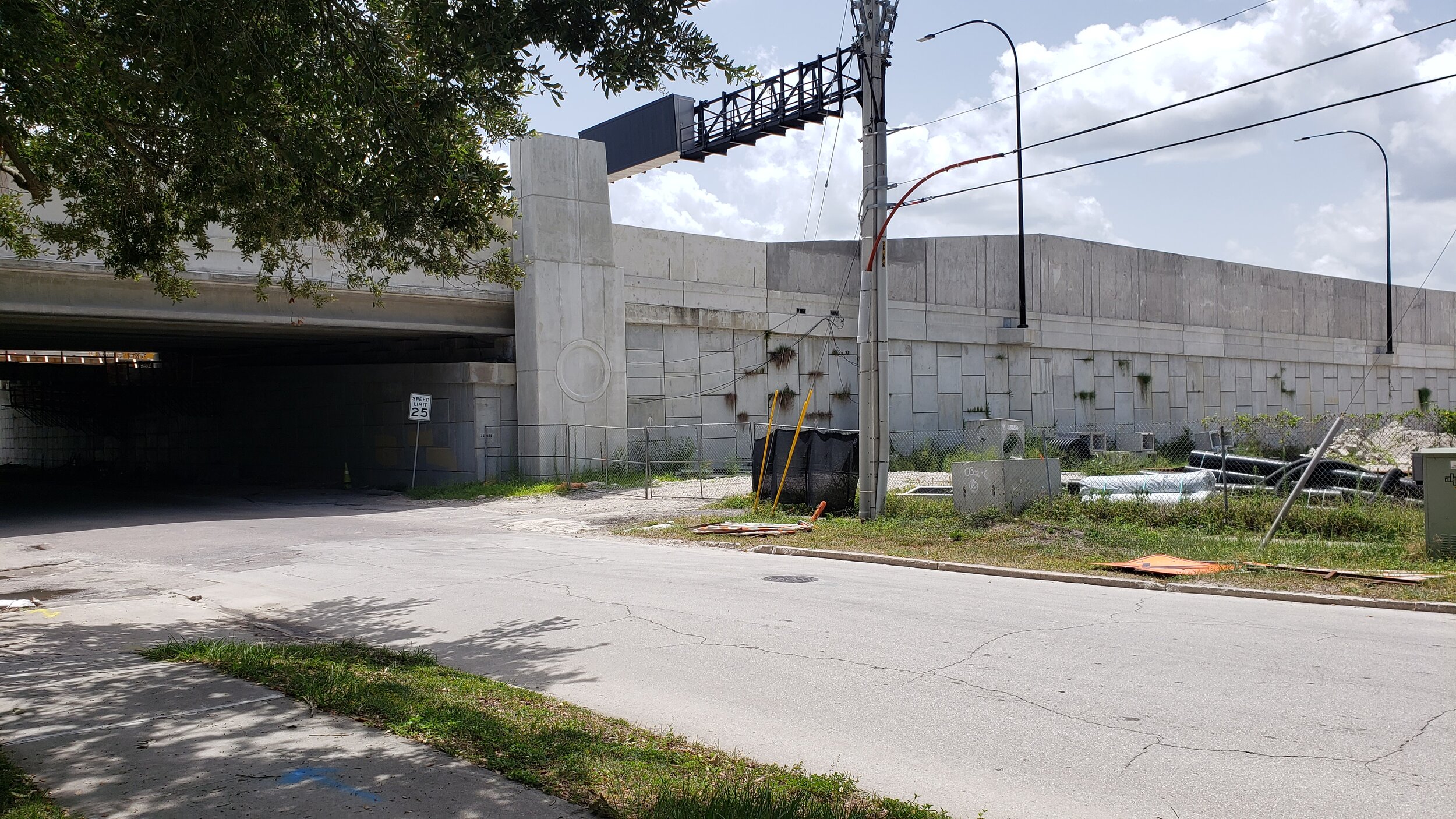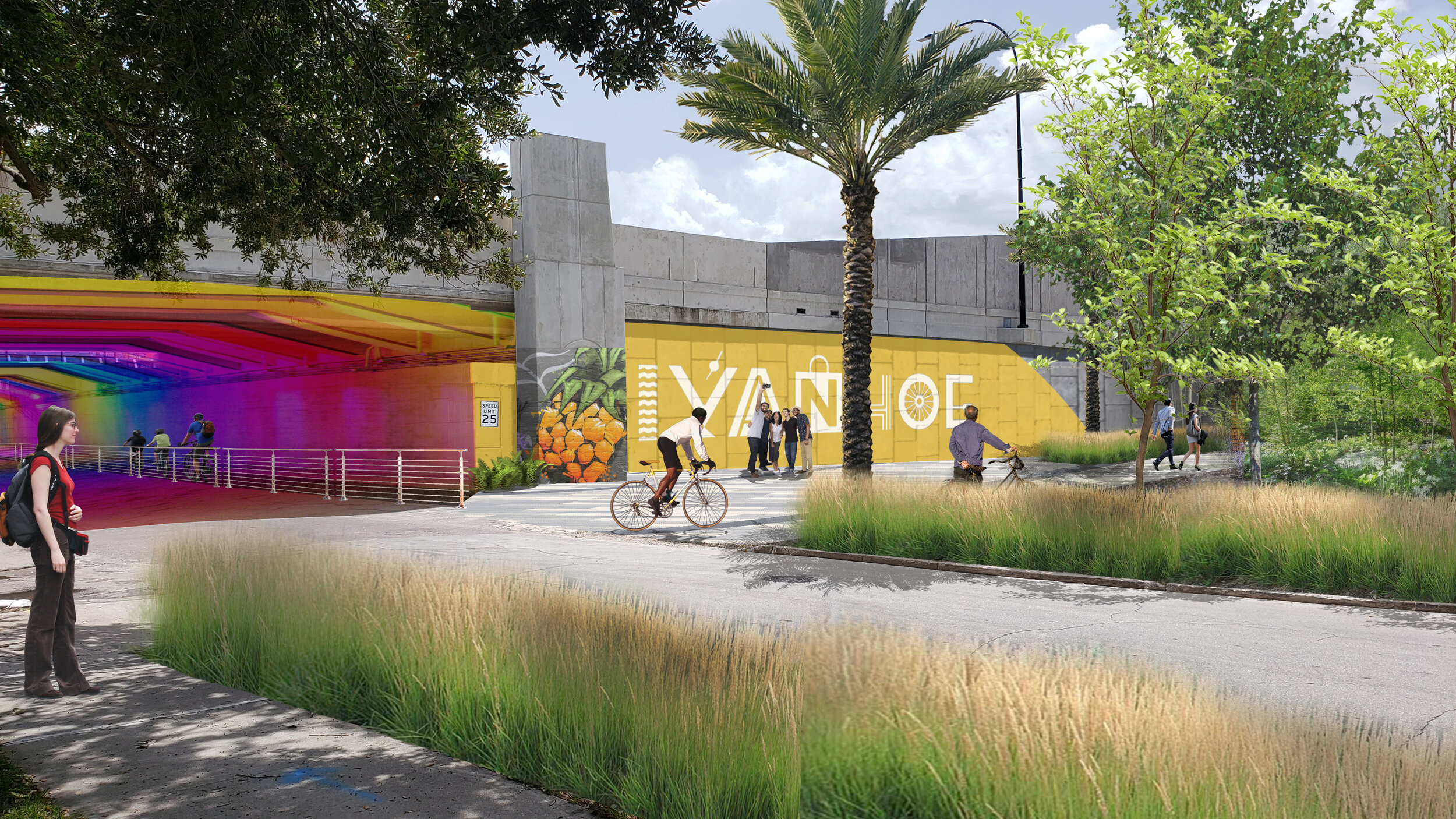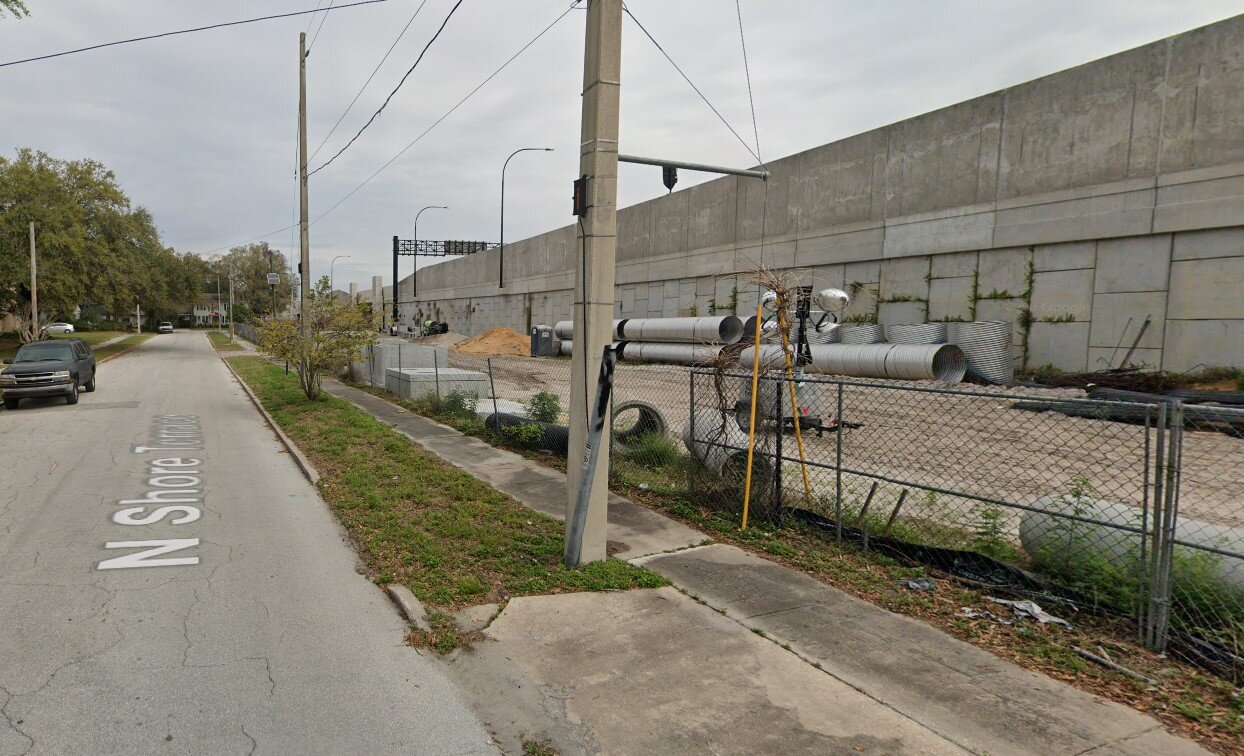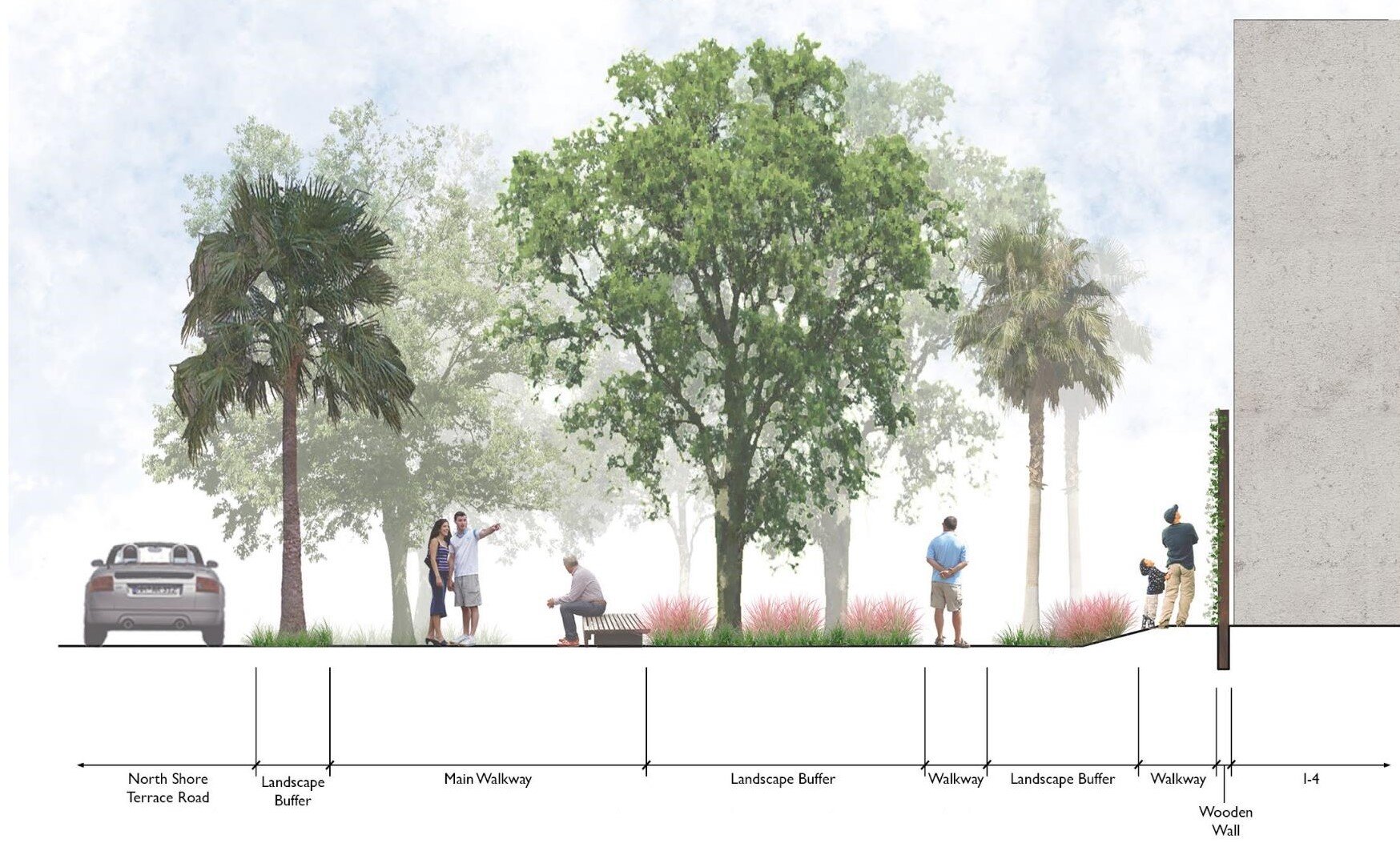What If: Ivanhoe Village
One of our favorite projects is something we like to call “What If?”, a community engagement tool that challenges residents to envision ways their neighborhood could be healthier, more accessible, and more prosperous. This year, we asked our intern studio to step up to the plate and dream up some ways to transform the Ivanhoe Village district in Orlando, Florida.
The Design Process
Like any of our teams would, the intern studio approached this project using the 6Ds: a six-step process that allows us to collectively identify opportunities and constraints.
Dream
The client (in this case, a group of Dix.Hite employees who live in the area), wanted to see the Lake Ivanhoe district become more active and engaging. Their dream was for it to be a hub of activity, safely connecting pedestrians to the adjacent College Park, Mills 50 and downtown Orlando districts, while also celebrating its funky, artful characteristics. The interns were asked to deliver a vision plan that outlined potential design opportunities, explained the step-by-step process and included graphic representations to illustrate their ideas. To help define the proposed Dream, the team used the words authentic, artistic, eclectic, and diverse.
Discover
During this phase, the interns discovered what they could about the site in order to inform their designs. They interviewed stakeholders (including a representative from the Ivanhoe Village Main Street Program, a local ecologist, a local professional park planner, and a transportation planner and designer) who shared their plans and desires for the district. They learned that the construction of two new high-rises in the area would create a need for safer connections, more retail space, and a “third place” for residents. In addition, they looked back at the site’s history, took inventory of its existing character, and made note of how people were currently using it.
Design
Next, the team synthesized what they learned and began designing ways to emphasize the strengths and opportunities of Ivanhoe Village, while mitigating its weaknesses and threats. They created a functional diagram that showed relationships between spaces and the transitions between the various functions, illustrating how the existing and proposed functions of the site could harmonize the district. From there, the team started envisioning opportunities and working through iterations to see how the ideas would work.
Document
To illustrate their ideas, the team created a conceptual site plan that showed the overall vision plan, digital perspective renderings of key spaces, and section renderings to illustrate spatial relationships and transition spaces. The team also suggested some plant species to show design intent, but didn’t get into the weeds (get it?) on actual planting plans. The proposed plant palette showed potential for different types of landscapes along the park’s edge and interior.
Deliver
Because this project only required the team to share early conceptual ideas, this phase of the process involved walking the client through the ideas and defining next steps. The intern studio presented their vision plan to our entire staff, who were left asking themselves, “What if Lake Ivanhoe were actually like that? How would that change the city?” Now, we’re all hoping these ideas spark some positive change in the neighborhood. The team plans to share their vision plan with key stakeholders and see if any of the ideas are feasible.
Discuss
Rather than the “last” step, discussion is a continuous step that happens throughout the entire process. Every few weeks, the team presented to the client and incorporated their feedback, continually improving the design.
The Design Details
After working their way through the 6D process, our intern studio developed some big ideas that would transform the Ivanhoe Village district.
Their plan placed Gaston Edwards Park as an area of focus, enhancing the park to create more functional space for residents and visitors. One of its most iconic existing features, a lush canopy of oak trees, would provide shade and a sense of place that is uniquely “Orlando”; a flexible lawn space would act as an area for throwing a Frisbee, picnicking or watching the sunset; and a plant walk would create a quiet place to reflect and appreciate native flora. In addition, a skate park along Orange Ave. would act as a “living” piece of art, adding an element of entertainment and activity to the park.
Creating pedestrian-safe crossings over Orange Ave. is another key element of this plan. Raised intersections would help slow down traffic and allow people to cross comfortably from the park to the retail corridor and parking across the street.
With several new apartment buildings and thriving businesses nearby, the corner of N. Orange Ave. and NE Ivanhoe Blvd. has incredible potential. Moving the existing boat launch south would allow the corner to become a public plaza and gathering space, rather than a parking lot. A beer garden with outdoor seating would replace the existing restaurant and parking lot, taking advantage of the lakeside and providing a key destination for the city.
The plan also proposes reclaiming space leftover from I-4 construction near the New Hampshire St. underpass. This area was identified as a key node where pedestrians and bikers may be traveling in and out of the Ivanhoe Village area. By creating a simple park space and securing a protected bike lane, this space could be a fun and safe passageway that acts as a threshold into the district.
Lessons Learned
Although doing research remotely had some limitations for our interns, including being unable to speak directly to residents, the exercise was a success. Balancing conceptual dreaming with real-world design challenges is a skill every designer needs to have, but with “What If?” as the perfect starting point, the 6D process allows us to conceptualize our dreams into real possibilities.


